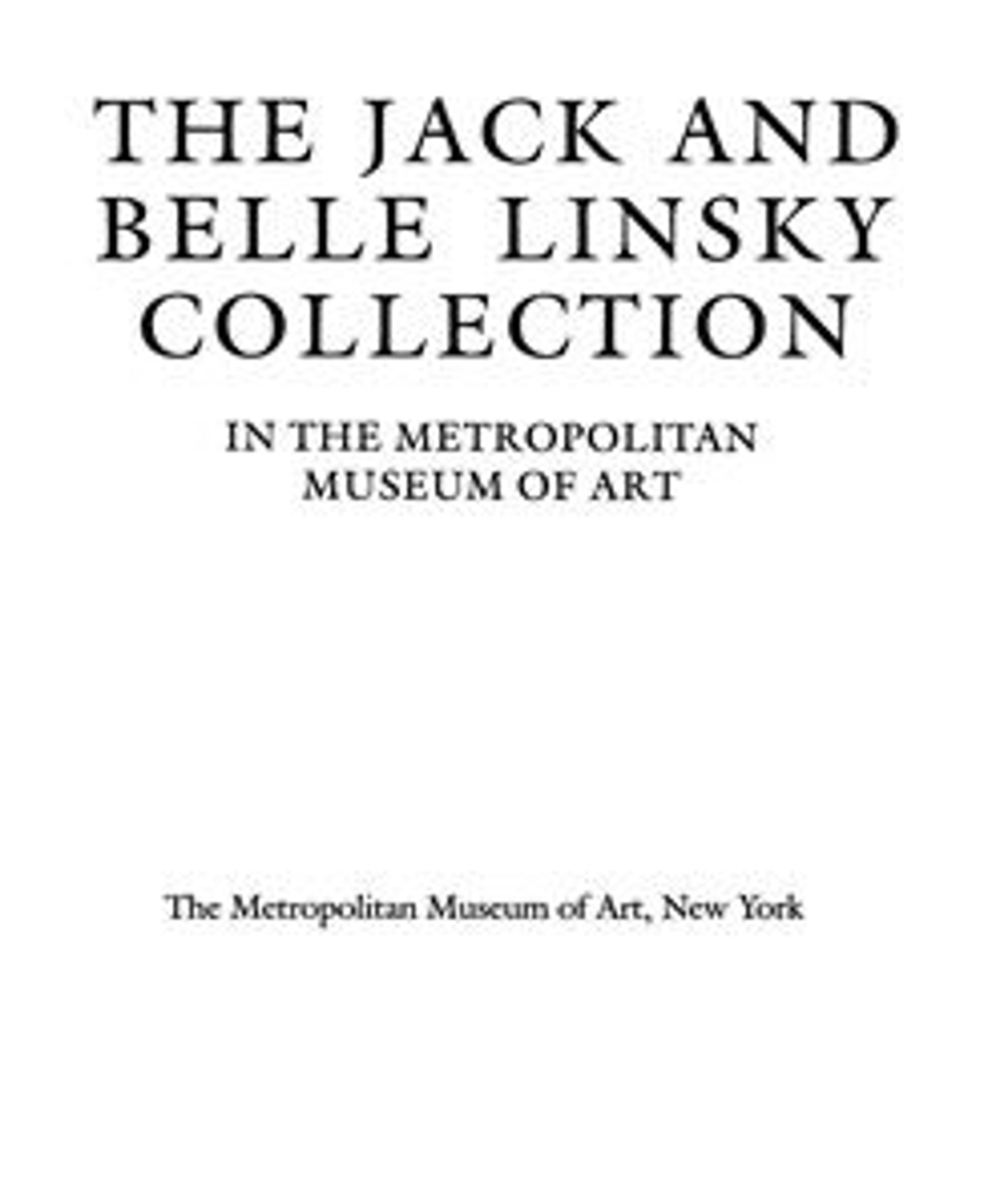Desk (bonheur du jour)
With its cabriole legs and neoclassical mounts, this bonheur du jour or small writing desk is transitional in style and was most likely executed between 1765–75.
The doors and sides of both sections of the desk are inset with panels of Japanese black and gold lacquer much reduced in size and thus difficult to date but probably executed between 1660–1690. Depicting geese, waterfowl, boats and buildings in river landscapes with flowering trees, these panels are surrounded by borders of a French imitation of aventurine lacquer called nashiji in Japanese. Some of the lacquer decoration was scraped away to accommodate these borders.
The upper and lower sections of this small desk each contain a single compartment enclosed by doors. Separating them is a shallow drawer with a writing slide bordered with king wood and the original gilt-metal pen tray and containers for ink and sand.
A leading Parisian ébéniste, Saunier supplied furniture to private clients as well as to the marchand-mercier Dominique Daguerre. Daguerre was one of the Parisian dealers in luxury goods located in fashionable shops on the rue Saint-Honoré and nearby streets. These fashionable dealers did not make any furniture or furnishings themselves but played a role in their design and supplied certain components, such as in this case, the Japanese lacquer panels, to the cabinetmaker.
The doors and sides of both sections of the desk are inset with panels of Japanese black and gold lacquer much reduced in size and thus difficult to date but probably executed between 1660–1690. Depicting geese, waterfowl, boats and buildings in river landscapes with flowering trees, these panels are surrounded by borders of a French imitation of aventurine lacquer called nashiji in Japanese. Some of the lacquer decoration was scraped away to accommodate these borders.
The upper and lower sections of this small desk each contain a single compartment enclosed by doors. Separating them is a shallow drawer with a writing slide bordered with king wood and the original gilt-metal pen tray and containers for ink and sand.
A leading Parisian ébéniste, Saunier supplied furniture to private clients as well as to the marchand-mercier Dominique Daguerre. Daguerre was one of the Parisian dealers in luxury goods located in fashionable shops on the rue Saint-Honoré and nearby streets. These fashionable dealers did not make any furniture or furnishings themselves but played a role in their design and supplied certain components, such as in this case, the Japanese lacquer panels, to the cabinetmaker.
Artwork Details
- Title:Desk (bonheur du jour)
- Maker:Claude-Charles Saunier (French, 1735–1807)
- Date:ca. 1765–75
- Culture:French
- Medium:Oak, veneered with ebony, Japanese lacquer, brecchilito marble and gilt-bronze mounts
- Dimensions:39 x 25 1/4 x 14 1/2 in. (99.1 x 64.1 x 36.8cm)
- Classification:Woodwork-Furniture
- Credit Line:The Jack and Belle Linsky Collection, 1982
- Object Number:1982.60.58
- Curatorial Department: European Sculpture and Decorative Arts
More Artwork
Research Resources
The Met provides unparalleled resources for research and welcomes an international community of students and scholars. The Met's Open Access API is where creators and researchers can connect to the The Met collection. Open Access data and public domain images are available for unrestricted commercial and noncommercial use without permission or fee.
To request images under copyright and other restrictions, please use this Image Request form.
Feedback
We continue to research and examine historical and cultural context for objects in The Met collection. If you have comments or questions about this object record, please contact us using the form below. The Museum looks forward to receiving your comments.
